184 Ways to Teach Writing with Mentor Texts
Craft Moves: Lesson Sets for Teaching Writing with Mentor Texts
By Stacey Shubitz
(Stenhouse, 2016 – Learn more)

I tried to think about how to begin this book review, but every time I started to write, I couldn’t find the words.
I tried words like “Fabulous” and “Exciting,” but they seemed inadequate to explain how powerful and important Stacey Shubitz’s new book, Craft Moves: Lesson Sets for Teaching Writing with Mentor Texts, is to middle grades teachers and students everywhere.
As a life-long learner and “forever in the making” educator, I am always searching for books that help me become a better teacher. This is one I definitely recommend for the shelf where you keep your “go-to book” collection.
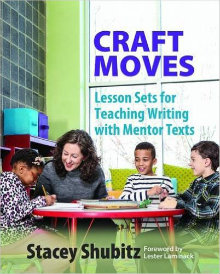
With clear, easy-to-follow instructions and many examples, Shubitz helps teachers discover the literary treasures that can be found in mentor books, specifically picture books.
The first three chapters provide insight into Shubitz’ journey as she wrote this book. They serve as an introduction to teachers who are unfamiliar with mentor texts and provide a refresher for teachers who currently use mentor texts as part of their Workshop classroom.
So…What are mentor texts?
Shubitz: “Mentor texts are examples of exemplary writing we can study during writing workshops. Teacher use mentor texts to teach students how to lift the level of their writing.” (Introduction, p. 3)
And she quotes Dorfman and Cappelli (2007): “Mentor texts help writers notice things about the author’s work that is not like anything they might have done before, and empower them to try something new.”
To be honest, when I first learned about using mentor texts and close reading, I was baffled. How could I maintain student interest by using a text more than once? I certainly wasn’t a believer in this “new fangled” approach. But I soon learned that giving students ownership of a mentor text gave them not only the models they needed but also the security of working with a familiar text.
Think about a movie that you love watching over and over again. I thought about the movie, Airplane. The first time that I saw the movie, I couldn’t stop laughing. The next time I watched it, I found new scenes and dialogue that had me giggling. As I watch it again and again, I found other jokes and double meanings in the script that I had missed.
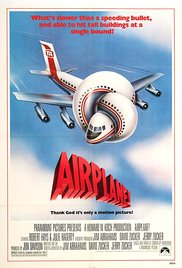
The first chapters of Shubitz’ book help us build a classroom environment where students will be able to grow as writers using the techniques and skills of published authors. As you read the book, you will hear Shubitz in her role as mentor.
In chapter one, she explains how to choose picture books that will meet your students’ needs in the future. In chapter two, she engages in a dialogue of how to integrate picture books into your curriculum and classroom conversations. Chapter three is an invaluable guide that focuses specifically on routines and procedures to have in place that will build independent writers. Chapter four centers on the how and when of small group instruction.
If you are new to using mentor texts, these introductory chapters will help you understand more about Readers and Writers Workshop. Even if you are an experienced teacher of Readers and Writers Workshop…please….please don’t skip these important chapters and immediately delve into the strategy lessons. You will likely learn something new.
The fiction and nonfiction strategy lessons
Shubitz has chosen 20 high quality, current mirror books (books in which the readers can see themselves) and window books (books where the reader learns about others). The lessons can be adapted for small group instruction, whether as partnerships, small groups formed around students’ current needs, or individual one-on-one conferences. Bear in mind, this is not a scripted program. The strategies are suggestive, dependent on the skills your students need to develop. You will assess students’ needs before applying the suggested “craft power moves.”
Shubitz offers an ample supply of student samples and glimpses into classrooms where she has worked with various teachers as she researched and wrote this book.
Each of the 184 lessons…(Yes, 184 lessons!) in the book includes a publisher’s summary, an explanation of the craft move, and a systematic guide. As with Reader and Writers Workshop, the lessons follow the format of the Teachers College recommended instruction: Demonstration, Guided Practice, Explanation and Example, and Inquiry.
Recalling our purpose
Sometimes we become so bogged down with assessments and standardized testing that we forget that our purpose is to create students who want to learn, challenge themselves, and enjoy what they are doing. Suffice it to say, the book’s techniques and “power craft moves” will ultimately improve test scores, but the conversations our students engage in will help them become active, involved, and independent readers and writers. Shubitz provides guidance in literacy instruction that will result in independent, proficient and talented writers.
This is the book you have been waiting for, hoping for, dreaming about. It’s a book that will become your friend and your confidant — a a must-have book for any literacy teacher. You and your students will become hunters and gatherers of power craft moves, and their writing will reach a new dimension!
Linda Biondi is a fourth grade teacher at Sharon Elementary School in Robbinsville, NJ, and a long-time Morning Meeting practitioner. She’s also the recipient of several educational grants, a Teacher Consultant with the National Writing Project, and a participant on the NJ Department of Education Teacher Advisory Panel. Linda participates in ECET2 Celebrate Teaching which has posted an interview with her.

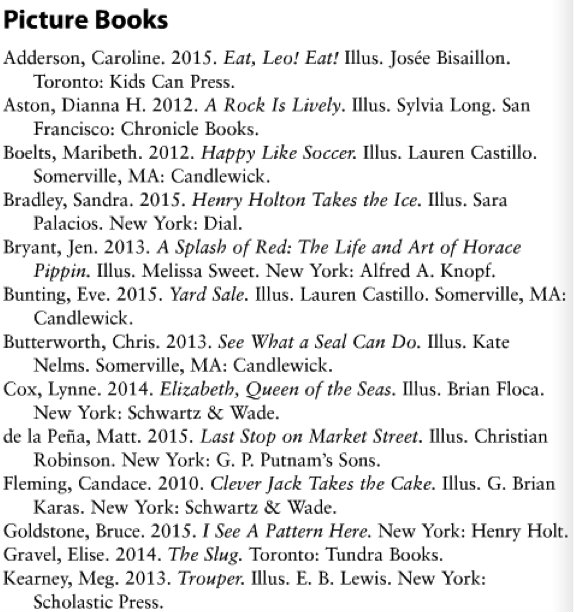
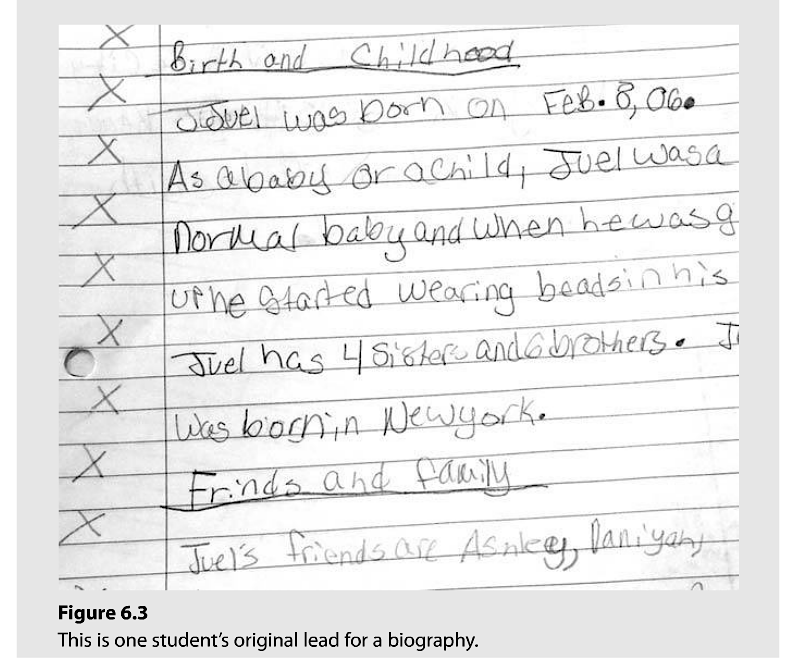
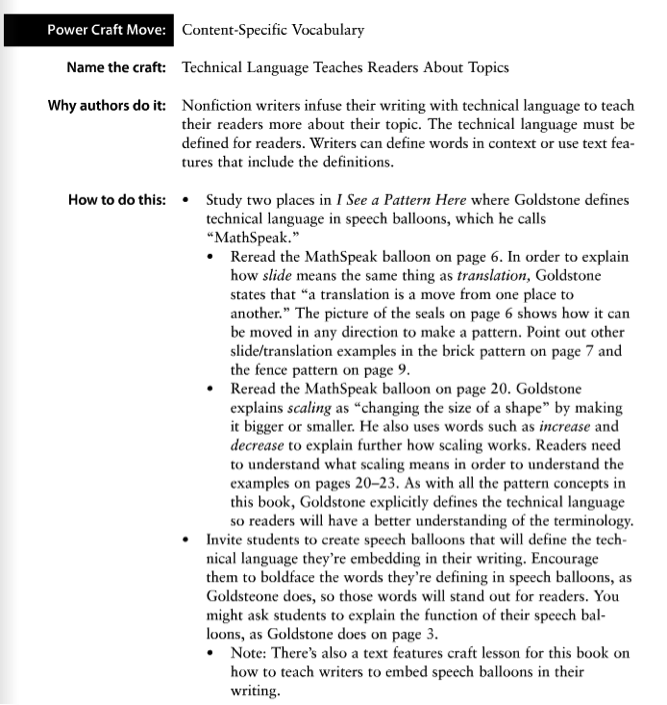


































Thank you, Linda, for such a thorough and thoughtful review of Craft Moves. I appreciated so much about this review! One thing I am delighted you stressed was that all teachers should take the time to read chapters 1 – 4 before jumping into the lesson sets contained in chapters 5 and 6!
I am honored my book was well-received by you. Thank you.